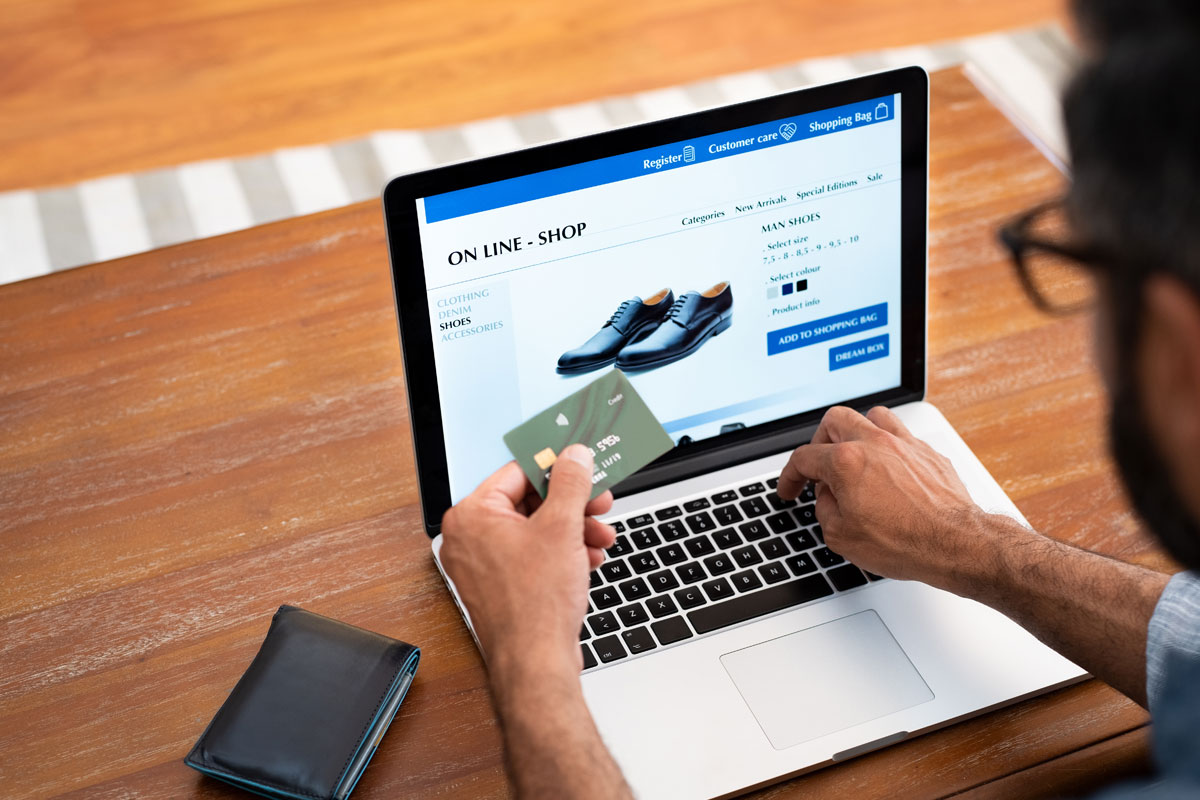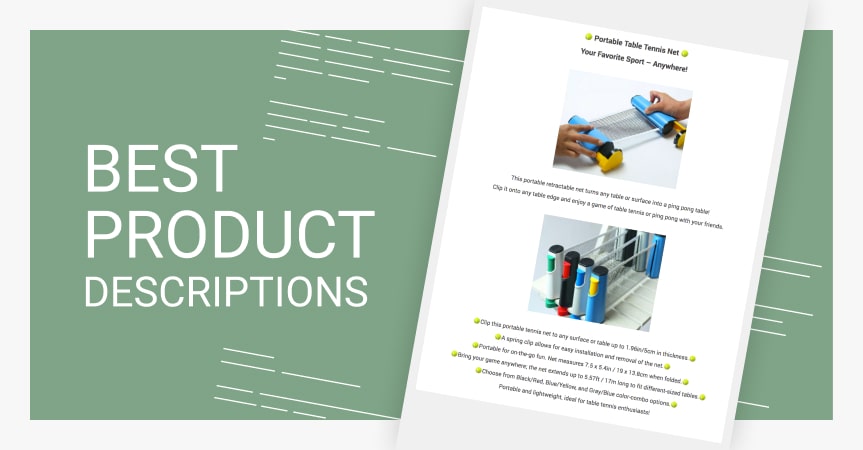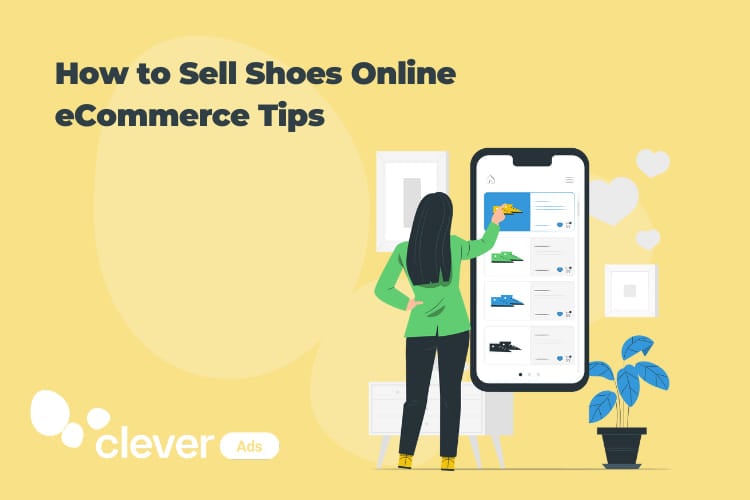Why Selling Shoes Online is a Lucrative Business Venture
The online shoe market has experienced significant growth in recent years, with more consumers turning to the internet to purchase footwear. This shift in consumer behavior has created a lucrative business opportunity for entrepreneurs looking to sell shoes online. With the right strategy and execution, selling shoes online can be a highly profitable venture. In fact, the global online shoe market is projected to continue growing, with sales expected to reach billions of dollars in the next few years.
Popular online marketplaces like Amazon, eBay, and Zappos have already capitalized on this trend, offering a wide range of shoes to consumers worldwide. However, there is still room for new entrants in the market, particularly those who can offer unique and specialized products. By understanding how to sell shoes online effectively, entrepreneurs can tap into this growing market and establish a successful online business.
One of the key benefits of selling shoes online is the ability to reach a global audience. With an e-commerce website, entrepreneurs can sell shoes to customers in different countries and time zones, increasing their potential customer base. Additionally, online shoe sales can be less expensive than traditional brick-and-mortar stores, as there are no rent or utility costs to consider.
Furthermore, selling shoes online provides entrepreneurs with the opportunity to offer a wide range of products to customers. With an online store, entrepreneurs can showcase multiple brands and styles, catering to different tastes and preferences. This can help to attract a loyal customer base and increase sales.
However, to succeed in the online shoe market, entrepreneurs need to understand how to sell shoes online effectively. This includes identifying the right target market, sourcing high-quality products, and creating an effective online marketing strategy. By following these steps, entrepreneurs can establish a successful online shoe business and capitalize on the growing demand for online shoe sales.
Understanding Your Target Market: Who’s Buying Shoes Online
When it comes to selling shoes online, understanding your target market is crucial for success. Identifying your ideal customer demographics, interests, and buying habits can help you tailor your marketing strategy and product offerings to meet their needs. By understanding who’s buying shoes online, you can increase sales, improve customer satisfaction, and build a loyal customer base.
Research has shown that the majority of online shoe buyers are between the ages of 18 and 45, with a slight bias towards women. However, this demographic can vary depending on the type of shoes being sold. For example, athletic shoes tend to appeal to a younger demographic, while luxury shoes may appeal to an older, more affluent demographic.
In terms of interests, online shoe buyers often have a strong interest in fashion, fitness, and lifestyle. They may follow fashion bloggers, influencers, or celebrities, and stay up-to-date with the latest trends and styles. By understanding these interests, you can create marketing campaigns that resonate with your target audience and drive sales.
When it comes to buying habits, online shoe buyers tend to be tech-savvy and comfortable with online shopping. They may have purchased shoes online before and are looking for a convenient, hassle-free shopping experience. By providing a user-friendly website, easy payment options, and fast shipping, you can meet the needs of these customers and increase sales.
Popular shoe styles and trends can also vary depending on the target market. For example, sneakers are popular among younger demographics, while heels and dress shoes are popular among older demographics. By understanding these trends and styles, you can stock your online store with the right products and appeal to your target audience.
By understanding your target market, you can create a successful online shoe business that meets the needs of your customers. Whether you’re selling athletic shoes, luxury shoes, or fashion shoes, knowing your target market is key to driving sales and building a loyal customer base.
How to Source High-Quality Shoes for Your Online Business
Sourcing high-quality shoes is a crucial step in building a successful online shoe business. With so many suppliers to choose from, it can be overwhelming to find the right one. However, by following a few simple tips, you can find reliable suppliers that meet your needs and help you sell shoes online effectively.
One of the best ways to find high-quality shoe suppliers is to attend trade shows and wholesale markets. These events provide a platform for suppliers to showcase their products, and you can see and touch the shoes before making a purchase. Additionally, you can meet the suppliers in person, ask questions, and negotiate prices.
Another way to find reliable suppliers is to use online directories. These directories list suppliers from around the world, and you can filter by location, product type, and price. Some popular online directories include Alibaba, Thomasnet, and Wholesale Central.
When selecting a supplier, it’s essential to consider product quality, pricing, and shipping. Look for suppliers that offer high-quality shoes that meet your standards, and compare prices to ensure you’re getting the best deal. Additionally, consider the shipping costs and times to ensure that your products arrive at your customers’ doors quickly and efficiently.
It’s also important to research the supplier’s reputation and read reviews from other customers. This can help you avoid suppliers that have a history of providing low-quality products or poor customer service.
By following these tips, you can find reliable suppliers that help you sell shoes online effectively. Remember to always prioritize product quality, pricing, and shipping, and don’t be afraid to negotiate with suppliers to get the best deal.
Once you’ve found a reliable supplier, you can start building your online shoe business. With the right products and a solid marketing strategy, you can attract customers and start selling shoes online in no time.
Setting Up an Online Store: Choosing the Right E-commerce Platform
When it comes to selling shoes online, having a professional and user-friendly website is crucial for success. With so many e-commerce platforms to choose from, it can be overwhelming to decide which one is right for your online shoe business. In this section, we’ll compare popular e-commerce platforms like Shopify, WooCommerce, and BigCommerce, highlighting their features, pricing, and customization options.
Shopify is one of the most popular e-commerce platforms, known for its ease of use and scalability. With Shopify, you can create a professional-looking website without any coding knowledge, and it integrates with a wide range of payment gateways and shipping providers. Shopify also offers a range of customizable templates and themes, making it easy to create a unique and visually appealing website.
WooCommerce is another popular e-commerce platform, specifically designed for WordPress users. WooCommerce offers a range of features, including customizable product pages, payment gateways, and shipping integrations. WooCommerce also has a large community of developers and users, making it easy to find support and resources.
BigCommerce is a comprehensive e-commerce platform that offers a range of features, including product management, order management, and customer management. BigCommerce also offers a range of customizable templates and themes, making it easy to create a professional-looking website.
When choosing an e-commerce platform, it’s essential to consider your business needs and goals. Think about the type of products you’ll be selling, the size of your business, and the level of customization you need. It’s also important to consider the pricing and fees associated with each platform, as well as the level of support and resources available.
In addition to choosing the right e-commerce platform, it’s also important to consider the importance of mobile responsiveness and user-friendly website design. With more and more customers shopping on their mobile devices, it’s essential to ensure that your website is optimized for mobile and provides a seamless shopping experience.
By choosing the right e-commerce platform and creating a professional and user-friendly website, you can set your online shoe business up for success and start selling shoes online effectively.
Effective Product Listings: Writing Compelling Shoe Descriptions
When it comes to selling shoes online, having effective product listings is crucial for success. A well-written product description can make all the difference in converting browsers into buyers. In this section, we’ll provide guidance on crafting engaging product titles, descriptions, and specifications that showcase the features and benefits of each shoe style.
A good product title should be descriptive, yet concise. It should include the brand name, shoe style, and any relevant keywords. For example, “Nike Air Max 270 Running Shoes” is a clear and descriptive title that tells the customer exactly what they’re getting.
The product description should provide more detail about the shoe, including its features, benefits, and specifications. This is where you can highlight the unique selling points of the shoe, such as its comfort, durability, or style. Use bullet points or short paragraphs to make the description easy to read and scan.
High-quality product images are also essential for effective product listings. Include multiple images of the shoe from different angles, as well as images of the shoe in use. This will help customers get a better sense of the shoe’s design, features, and quality.
Customer reviews are another important aspect of effective product listings. Encourage customers to leave reviews and ratings for the shoes they’ve purchased. This will help build trust and credibility with potential customers, and provide valuable feedback for future product development.
By crafting engaging product titles, descriptions, and specifications, and including high-quality product images and customer reviews, you can create effective product listings that drive sales and growth for your online shoe business.
Remember, the key to writing compelling shoe descriptions is to focus on the benefits and features of the shoe, rather than just listing its specifications. Use language that is clear, concise, and engaging, and include relevant keywords to help with search engine optimization.
Marketing Strategies for Online Shoe Sales: Social Media and Beyond
When it comes to marketing online shoe sales, social media is a crucial channel to consider. Platforms like Facebook, Instagram, and Twitter offer a vast audience and a range of advertising options to help you reach potential customers. In this section, we’ll discuss the role of social media in promoting online shoe sales and introduce other marketing strategies to help you succeed.
Facebook is a great platform to start with, as it offers a large and engaged audience. You can create targeted ads based on demographics, interests, and behaviors, and track the performance of your ads using Facebook’s analytics tools. Instagram is another popular platform, particularly for visually-oriented products like shoes. You can use Instagram’s shopping feature to tag products directly in your posts and stories, making it easy for customers to purchase from your online store.
Twitter is also a great platform for promoting online shoe sales, particularly for real-time engagement and customer service. You can use Twitter’s advertising options to reach a wider audience and drive traffic to your online store. Additionally, you can use Twitter’s customer service features to respond to customer inquiries and resolve issues quickly and efficiently.
In addition to social media, there are other marketing strategies you can use to promote online shoe sales. Email marketing is a great way to reach customers who have already shown interest in your products, and you can use email marketing automation tools to personalize and optimize your campaigns. Influencer partnerships are also a great way to reach new audiences and build credibility for your brand, particularly if you partner with influencers who have a large following in your target market.
Paid advertising is another effective way to promote online shoe sales, particularly if you’re just starting out and need to drive traffic to your online store quickly. You can use platforms like Google Ads or Facebook Ads to create targeted ads and reach a wider audience. Additionally, you can use retargeting ads to reach customers who have already visited your online store but haven’t made a purchase yet.
By using a combination of social media, email marketing, influencer partnerships, and paid advertising, you can create a comprehensive marketing strategy that drives sales and growth for your online shoe business.
Optimizing Your Online Store for Search Engines: SEO Tips and Tricks
When it comes to selling shoes online, having a well-optimized online store is crucial for success. Search engines like Google play a significant role in driving traffic to your online store, and optimizing your store for search engines can help you increase visibility, drive more sales, and stay ahead of the competition. In this section, we’ll offer SEO advice on optimizing product listings, meta tags, and content for search engines like Google.
Keyword research is a critical step in optimizing your online store for search engines. Conducting thorough keyword research can help you identify relevant keywords and phrases that your target audience is using to search for shoes online. Use tools like Google Keyword Planner or Ahrefs to find relevant keywords and phrases, and incorporate them into your product listings, meta tags, and content.
Meta tags are another important aspect of SEO optimization. Meta tags provide search engines with information about your online store and its content, and can help improve your store’s visibility in search engine results pages (SERPs). Use meta tags like title tags, description tags, and keyword tags to provide search engines with relevant information about your online store and its content.
Internal linking is also an important aspect of SEO optimization. Internal linking can help search engines understand the structure and hierarchy of your online store, and can help improve your store’s visibility in SERPs. Use internal linking to connect relevant pages and products within your online store, and to help search engines understand the relationships between different pages and products.
Mobile-friendliness is also a critical aspect of SEO optimization. With more and more customers shopping on their mobile devices, having a mobile-friendly online store is essential for success. Use responsive design to ensure that your online store is optimized for mobile devices, and test your store’s mobile-friendliness using tools like Google’s Mobile-Friendly Test.
By optimizing your online store for search engines, you can improve your store’s visibility, drive more sales, and stay ahead of the competition. Remember to conduct thorough keyword research, use meta tags effectively, optimize for internal linking, and ensure mobile-friendliness to improve your online store’s SEO.
Providing Excellent Customer Service: Building Trust and Loyalty
When it comes to selling shoes online, providing excellent customer service is crucial for building trust and loyalty with customers. In this section, we’ll discuss the importance of responsive customer service, including handling returns, exchanges, and customer inquiries. We’ll also introduce strategies for building trust and loyalty with customers, such as offering loyalty programs and exclusive discounts.
Responsive customer service is essential for building trust with customers. When customers have questions or concerns about their orders, they expect a prompt and helpful response. Use email, phone, or live chat to provide customers with a convenient and efficient way to contact your customer service team.
Handling returns and exchanges is also an important aspect of customer service. Make sure to have a clear and fair return policy in place, and provide customers with a hassle-free way to return or exchange their shoes. This will help build trust and loyalty with customers, and reduce the risk of negative reviews and feedback.
Offering loyalty programs and exclusive discounts is another way to build trust and loyalty with customers. Consider offering rewards points or exclusive discounts to customers who make repeat purchases or refer friends to your online store. This will help encourage customers to continue shopping with your online store, and build a loyal customer base.
Providing excellent customer service is essential for building trust and loyalty with customers. By being responsive to customer inquiries, handling returns and exchanges efficiently, and offering loyalty programs and exclusive discounts, you can build a loyal customer base and drive long-term growth for your online shoe business.
Remember, customer service is an ongoing process that requires continuous effort and improvement. Stay focused on providing excellent customer service, and always look for ways to improve and enhance the customer experience.








